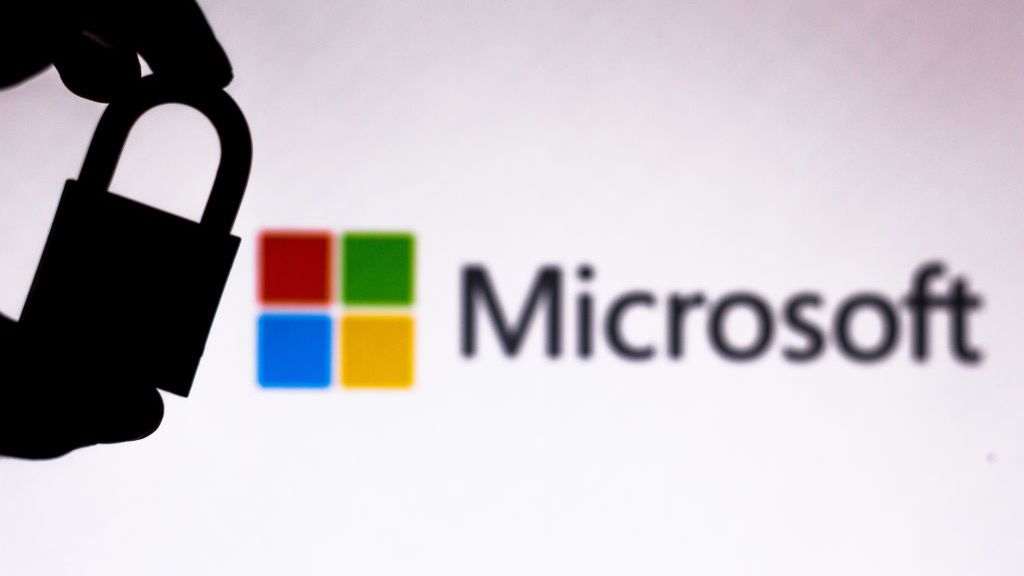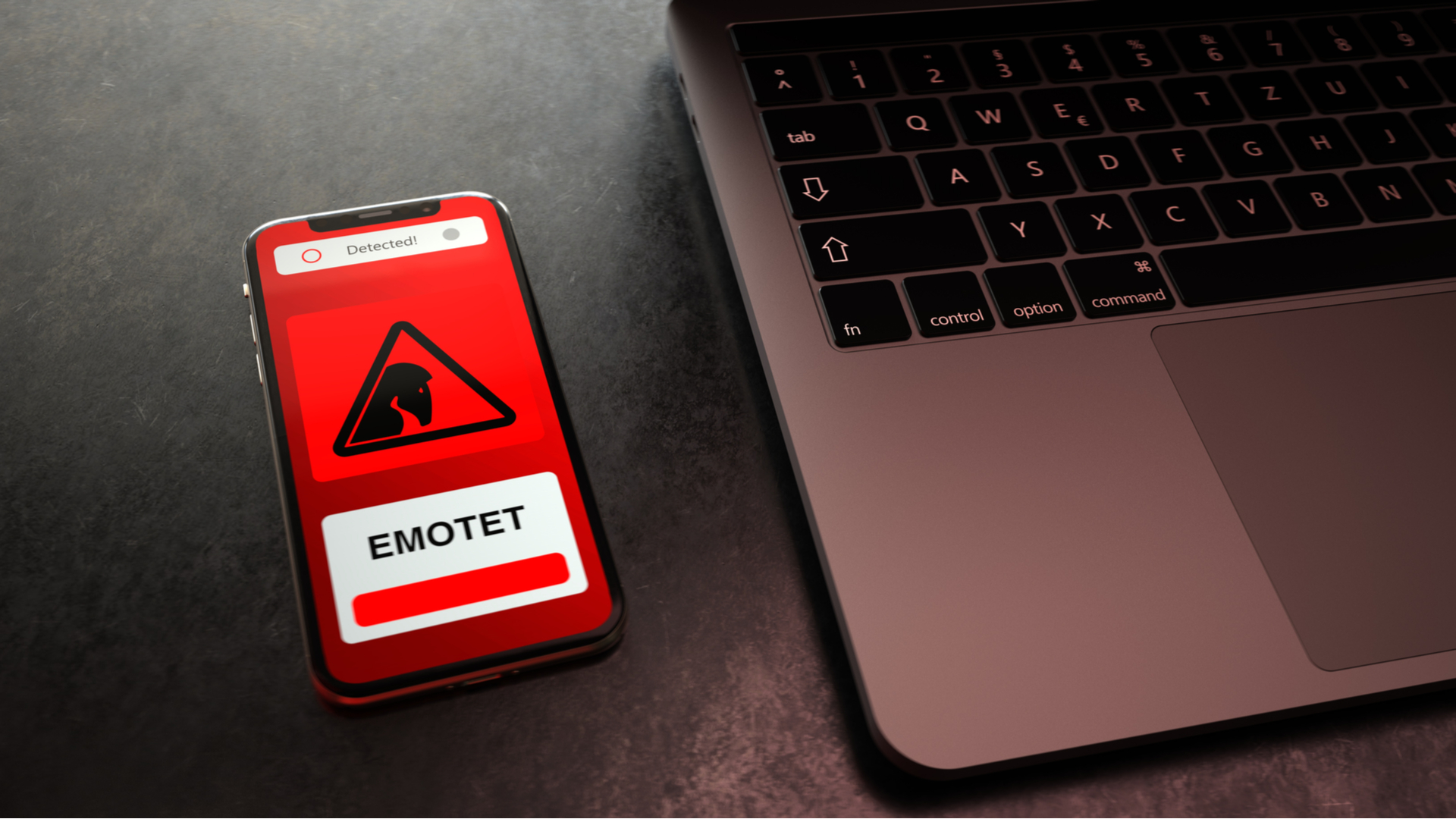Timeline: A year of the Conficker worm
The Conficker worm is one year old, according to Trend Micro.

As Microsoft highlighted in its most recent security report, worms have been one of the biggest security threats of 2009, and the Conficker worm has been the main driver for this.
Security firm Trend Micro says the worm is now one year old, so we've rounded up some of the biggest events that have occurred in its short life.
January 2009: The worm, also known as Kido or Downadup, was seen in the wild in various forms since late 2008, but now it really started to make a big impact. The worm spread to infect 3.5 million Windows PCsi, but then quickly rose to over nine million.
February 2009: The worm became so serious that Microsoft put $250,000 of its own money up for information on the gang that was responsible for creating the worm.
One of the big problems with Conficker was that it was so adaptable. This was illustrated when researchers published details of a new variant of the most serious Conficker B strain.
Then, Conficker spread its way through hospital PCs in Sheffield, the Ministry of Defence, the House of Commons, cost one council 1 million, and caused another to allow thousands of drivers to escape traffic fines.
April 2009: The security world waited with baited breath as Conficker looked to change operations and contact domains, presumably for new instructions. The deadline came and went and nothing much happened.
Sign up today and you will receive a free copy of our Future Focus 2025 report - the leading guidance on AI, cybersecurity and other IT challenges as per 700+ senior executives
Conficker tried to establish a link, but experts didn't see any new instructions.
Eight days later, security researchers discovered that a Conficker had updated through a dropper', and had started talking to servers connected to another botnet, Waledec.
The owners of Conficker and Waledac had decided to collaborate, and Conficker was now a distributor of Waledac as well as scareware.
September 2009: Security firm BitDefender claimed that Conficker was re-emerging as a threat.
October 2009: Oxford Brooks University suffers an attack which forces it to close systems.
But as the head of the Conficker Working Group stated in an interview with IT PRO, this could be the tip of a very big iceberg as most companies do not talk about being hit by a Conficker attack
-
 Tired of legal AI tools that overpromise but underdeliver? The secret to success is in your firm’s data
Tired of legal AI tools that overpromise but underdeliver? The secret to success is in your firm’s dataSponsored Don't let legal AI tools overpromise and underdeliver: the secret to success isn't the software, but building a secure, stable, and connected data foundation that transforms your firm's complex, siloed information into structured knowledge.
-
 Cisco wants to take AI closer to the edge
Cisco wants to take AI closer to the edgeNews The new “integrated computing platform” from Cisco aims to support AI workloads at the edge
-
 Seized database helps Europol snare botnet customers in ‘Operation Endgame’ follow-up sting
Seized database helps Europol snare botnet customers in ‘Operation Endgame’ follow-up stingNews Europol has detained several people believed to be involved in a botnet operation as part of a follow-up to a major takedown last year.
-
 Horabot campaign targeted businesses for more than two years before finally being discovered
Horabot campaign targeted businesses for more than two years before finally being discoveredNews The newly-discovered Horabot botnet has attacked companies in the accounting, investment, and construction sectors in particular
-
 Brand-new Emotet campaign socially engineers its way from detection
Brand-new Emotet campaign socially engineers its way from detectionNews This latest resurgence follows a three-month hiatus and tricks users into re-enabling dangerous VBA macros
-
 Microsoft says “it’s just too difficult” to effectively disrupt ransomware
Microsoft says “it’s just too difficult” to effectively disrupt ransomwareNews The company details its new approach to combatting cyber crime as the underground industry drains $6 trillion from the global economy
-
 Beating the bad bots: Six ways to identify and block spam traffic
Beating the bad bots: Six ways to identify and block spam trafficIn-depth Not all traffic is good. Learn how to prevent bad bots from overrunning your website
-
 Ukraine's vigilante IT army now has a DDoS bot to automate attacks against Russia
Ukraine's vigilante IT army now has a DDoS bot to automate attacks against RussiaNews The 270,000-strong IT Army of Ukraine will now combine supporters' cloud infrastructure to strengthen the daily attacks against their invaders
-
 Microsoft's secure VBA macro rules already being bypassed by hackers
Microsoft's secure VBA macro rules already being bypassed by hackersNews Recent analysis of Emotet activity has revealed a shift away from malicious Office documents to drop malware
-
 Emotet infrastructure has almost doubled since resurgence was confirmed
Emotet infrastructure has almost doubled since resurgence was confirmedNews Researchers confirm the infrastructure has also been upgraded for a "better secured", more resilient operation